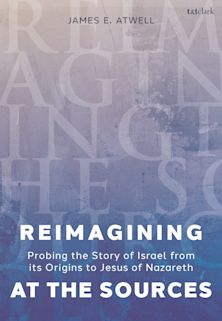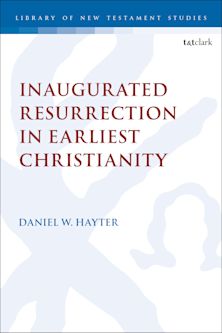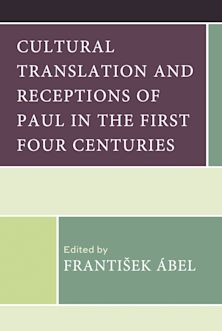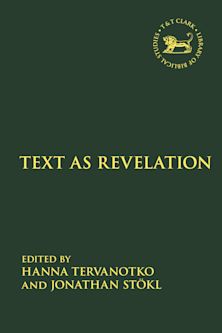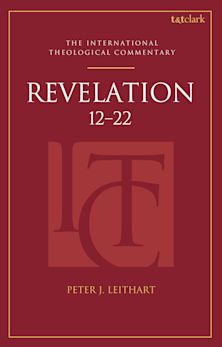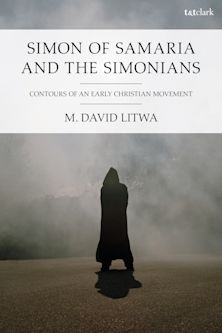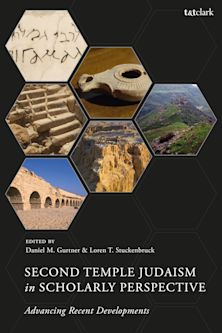- Home
- ACADEMIC
- Biblical Studies
- New Testament
- Revisiting the God-fearer Thesis in the Development of Early Christianity
Revisiting the God-fearer Thesis in the Development of Early Christianity
Revisiting the God-fearer Thesis in the Development of Early Christianity
This product is usually dispatched within 2-4 weeks
- Delivery and returns info
-
Flat rate of $10.00 for shipping anywhere in Australia
You must sign in to add this item to your wishlist. Please sign in or create an account
Description
This volume examines in depth the theory, evidence, and trail of scholarly work on god-fearers. Thomas A. Robinson argues for substantial revisions in the depiction of the god-fearer phenomenon, the story of early Christianity and its engagement with both Jews and with the larger Greco-Roman population. Robinson provides a thorough analysis of the god-fearer theory, examining scholarly debate and primary literary and inscriptional materials put forward as evidence for the god-fearer theory.
Robinson begins with an exploration of the god-fearing community, its definition, or lack thereof, and its role as a bridge to Christianity in the Greco-Roman world. He then examines the key features of god-fearers, and the scholarly appeal to circumcision as the primary barrier preventing god-fearer conversion to Judaism. The volume concludes with an exploration of Luke's Acts and its readers and a thorough investigation of inscriptional and literary evidence supporting god-fearer theory.
Table of Contents
Acknowledgements
Abbreviations
1. The Importance of God-fearers
2. Defining the God-fearer
3. The Social and Economic Status of the God-fearer
4. God-fearers and the Synagogue
5. The Intellectual Acumen of God-fearers
God-fearers and the Septuagint
6. God-fearers and the Christian Option
7. Circumcision and a Pork Roast
8. From Acts to the Readers of Acts
9. Conclusion
Appendices
Bibliography
Index
Product details
| Published | 02 Oct 2025 |
|---|---|
| Format | Hardback |
| Edition | 1st |
| Extent | 176 |
| ISBN | 9780567722300 |
| Imprint | T&T Clark |
| Dimensions | 234 x 156 mm |
| Series | The Library of New Testament Studies |
| Publisher | Bloomsbury Publishing |
About the contributors

ONLINE RESOURCES
Bloomsbury Collections
This book is available on Bloomsbury Collections where your library has access.




















